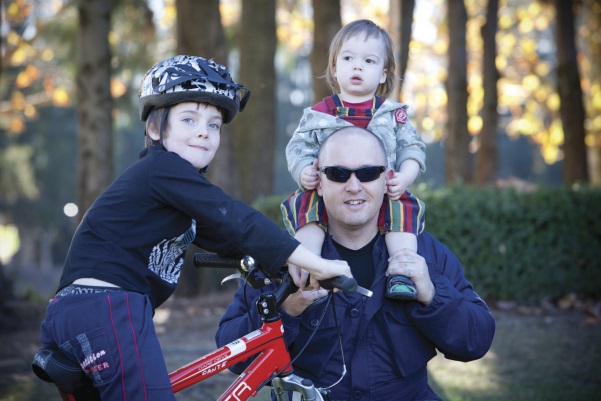Physical activity
Physical activity is anything that gets you moving, makes your breathing become quicker, and your heart beat faster.
Being active is a great way to help you lead a healthier and happier life. It is important for:
- healthy growth and development
- reducing the risk of major illnesses and
- increasing your chances of living longer.
The Federal Department of Health produces national guidelines on physical activity, sedentary behaviour and sleep for children and young people aged 5–17 years. Learn more about the national guidelines.
There are many different ways to be active that don’t cost money and can easily be incorporated into your day.
The benefits
Everyone can benefit from physical activity regardless of age, ethnicity, shape or size. Regular physical activity is one of the most important things you can do for your health.
Health benefits include:
- having more energy and feeling less fatigued
- helps maintain a healthy weight
- lower risk of coronary heart disease, heart attack, stroke, type 2 diabetes, colon and breast cancer and depression
- lower blood pressure and cholesterol
- improved heart and lung fitness
- stronger muscles and bones, and reduced risk of osteoporosis
- feeling less stress and having better sleep
- feeling more confident and happy
- improved balance and a lower risk of falling
- increased flexibility and joint movement
- being able to better manage pain
- improved recovery from illness.
Social benefits include:
- having a healthier state of mind
- making new friends
- improved social skills and networks
- improved self-esteem and confidence
- having better connections with your local community.
Economic benefits include
- being more productive at school or work
- taking fewer sick days
- saving money by walking or cycling instead of using the car.
Getting the right amount
 The amount of time you should spend being active on a daily basis depends on your age. It is also important to limit the time spent being sedentary.
The amount of time you should spend being active on a daily basis depends on your age. It is also important to limit the time spent being sedentary.
The Australian Physical Activity and Sedentary Behaviour Guidelines (external site) provide information on the amount and type of physical activity needed for good health based on age.
The guidelines refer to physical activity as being either moderate or vigorous. Both are important for good health.
Moderate activities raise your heart rate but don’t make you too breathless, such as:
- walking fast or hiking
- riding a bike or scooter
- active play
- gardening or household chores.
Vigorous activity requires more effort and makes you huff and puff, such as:
- jogging or running
- fast swimming
- playing team sports
- riding a bike fast or on hills.
Physical activity doesn’t need to be done all at once. It can be accumulated during the day.
Adults
- Two 15-minute brisk walks throughout the day = 30 minutes of moderate intensity physical activity.
Children
- 20 minutes bike riding to school + 30 minutes playing a sport at school + 10 minutes of walking the dog around the block = 60 minutes of physical activity
Doing more than the recommended amount can provide additional health benefits.
See a list of ways to get active.
Getting started
 Make activity part of your everyday life, like walking or cycling places instead of using the car.
Make activity part of your everyday life, like walking or cycling places instead of using the car.
Start slowly and safely at the beginning. With time, it will get easier and your body will get stronger.
If you are over 50 or have any medical issues, check with your doctor before getting active.
Staying active
No matter what kind of activity you choose, try to make it a daily habit by:
- choosing activities you enjoy
- making it part of your routine
- keeping it varied
- asking family and friends to keep you motivated
- gradually increasing the intensity or time you do the activity.
Where to get help
- Speak to your doctor, local community, school or child health nurse
- Visit a GP after hours
- Ring healthdirect Australia on 1800 022 222
Remember
- Regular physical activity is essential for healthy growth and development and has many benefits.
- There are recommended amounts of physical activity for different ages.
- Everyone should aim to sit less, move more and move more often.
Acknowledgements
Australian Government (National Physical Activity Recommendations)
This publication is provided for education and information purposes only. It is not a substitute for professional medical care. Information about a therapy, service, product or treatment does not imply endorsement and is not intended to replace advice from your healthcare professional. Readers should note that over time currency and completeness of the information may change. All users should seek advice from a qualified healthcare professional for a diagnosis and answers to their medical questions.